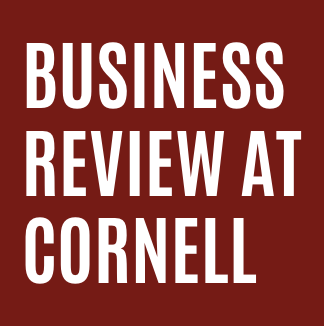By Shohini Kundu
Since the summer of 2015, crude oil prices and the Dow Jones Industrial Average have been dancing a two-step tango. The pivot steps, marked by a sharp change in direction, are fully synchronized even when the music from the Fed signals no such turn. This is a sharp departure from the past five years when every turn of the stock market could be traced back to a change in key, orchestrated by the Fed.
The drivers for the oil market and stock prices are distinctly different. Oil prices are determined by supply and demand: demand increases during economic expansion, and the supply curves follow this trend in demand. The Organization of Oil Producing Countries, better known as OPEC, sought to buck this trend through collusion, and despite brief success in the 1970s in curtailing their crude supply, OPEC has not had a similar accomplishment in the recent past. Rivalry and mistrust among OPEC members and ballooning government budgets nudge them towards greater production, even at the risk of over-supplying the market. On occasions when oil prices have increased, deflating consumer spending, infrastructure spending on clean technology and energy production has increased, offsetting the negative implications on the real economy. Consequently, the level of correlation between oil prices and the stock market has been low—only around 5%. This begs the question, why is the market ignoring cues from the Fed and dancing this tango with oil prices?
To understand this, one has to look no farther than the disproportionately large role Sovereign Wealth Funds (SWFs) are playing. SWFs are owned by states that seek to invest balance of payment surpluses for maximizing returns – accepting risks over liquidity. Nearly all countries that run a surplus balance of payments have created a SWF, and they generally fall into two categories. In the first category, there are industrial exporter countries such as China, Singapore and South Korea that have accumulated enormous amounts of foreign currency through trade surpluses. These states also have a persistently high rate of savings allowing governments to allocate a sizeable portion of savings for foreign investment. Apart from the obvious benefits of diversification, such investments assist countries in dispersing excess liquidity which may otherwise lead to appreciation of domestic currencies and imperil exports. The second group of countries that operate a SWF are commodity-producing countries. These countries use the SWF to hedge against precipitous drops in commodity prices. In other words, the SWF is used as a vehicle to manage windfalls when commodity prices increase above their fair valuation for use at a later date when the commodity prices fall. In terms of assets, the Norwegian Sovereign Wealth Fund tops with nearly $900 billion in investments, followed by the Abu Dhabi Investment Authority, Saudi Arabia Foreign Holdings, and China Investment Corporation at about $750 billion each, followed by the Kuwait Investment Authority at nearly $600 billion.
While the price of crude oil is set by supply and demand, the cost of production varies widely by country. For obvious reasons, the cost of crude production from shale oil or off-shore drilling is significantly higher than that of light sweet crude produced inland. While the cost of production per barrel of crude oil is just below $10.00 in Kuwait or Saudi Arabia, it is $23.50 in Venezuela, $36.00 in Norway and $52.50 in the United Kingdom.
At current prices of $30-35 per barrel of crude, the profit margin has shrunk significantly for Saudi Arabia and the United Arab Emirates, while losses are mounting for Norway, Brazil, Canada and the UK. Against this backdrop we are witnessing massive selloffs of SWFs by commodity-producing countries to meet pension and social welfare obligations. According to the Financial Times, SWFs from commodity countries pulled at least $46.5 billion in 2015. The rate of selloff accelerated sharply in 2016. The scale of redemption moves inversely with the price of oil; when the price of oil turns lower, the level of redemptions rise bringing the stock prices lower. Hence, we have this two-step tango.
In the long run, stock valuations are determined by earnings, wages, interest rates and production costs. Energy costs today comprise a small fraction of the overall production cost, thus we expect to see that stock valuations will decouple from oil prices. The current tango will end only when the redemption by SWFs wanes in magnitude, which will likely happen when crude prices again go above $50 a barrel. Until then, let us charm ourselves with the two-step tango to the petrobeat: down-down-up-up-down…
